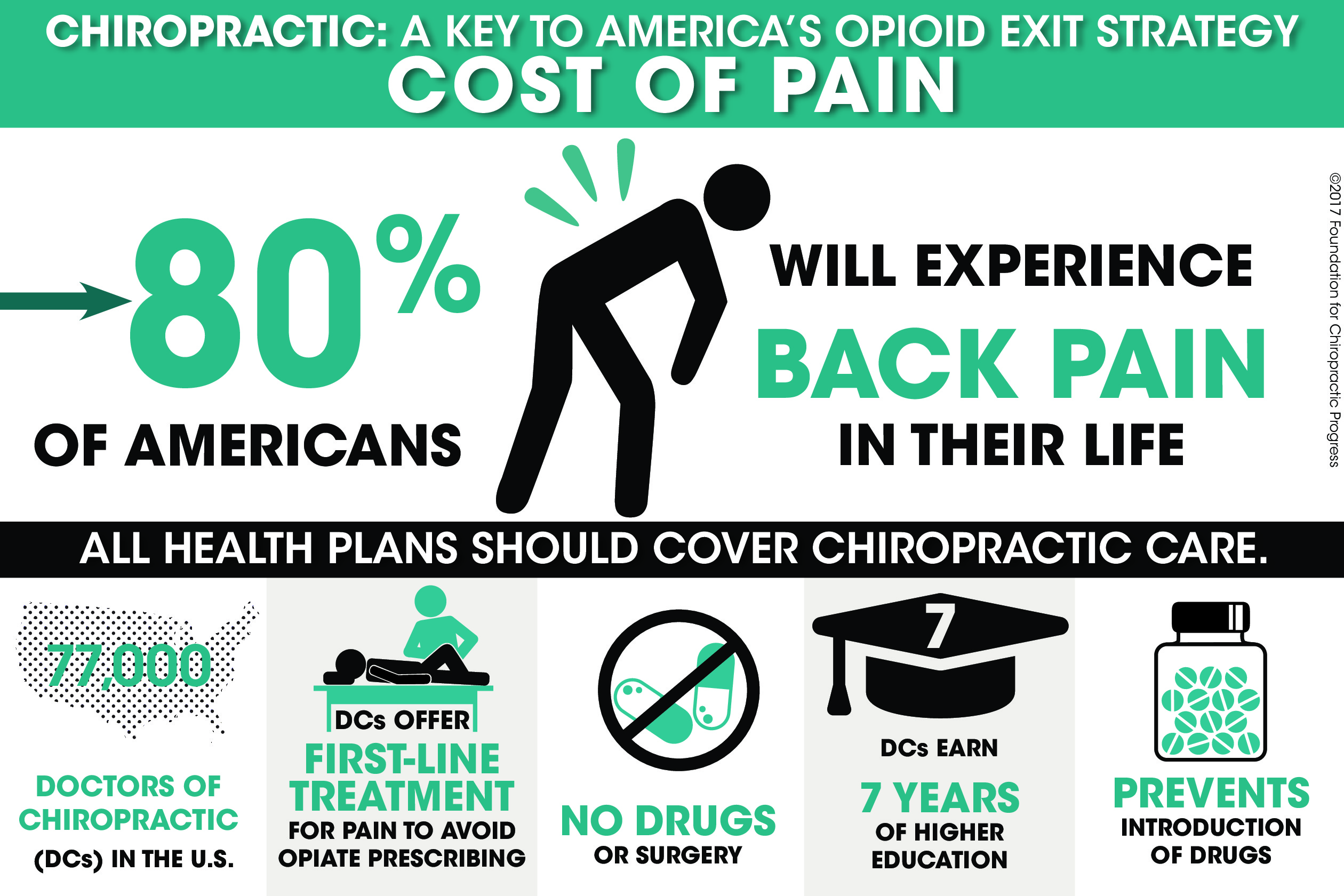The Scientific Research Behind Cold Laser Therapy: Understanding Its Mechanisms And Impacts
The Scientific Research Behind Cold Laser Therapy: Understanding Its Mechanisms And Impacts
Blog Article
Material Author-Castro Roberson
You may have become aware of cold laser therapy as an appealing treatment choice for different conditions, but have you ever asked yourself just how it in fact services a cellular level? Comprehending the devices behind this therapy can shed light on its effectiveness in promoting recovery and minimizing inflammation. By checking out nicotine addiction treatment behind cold laser treatment, you'll acquire insights right into the fascinating ways in which light can influence mobile procedures and promote cells fixing.
Just How Cold Laser Therapy Functions
To recognize just how cold laser therapy works, you require to grasp the essential concepts of exactly how light power interacts with biological tissues. browse around this web-site , also known as low-level laser treatment (LLLT), uses specific wavelengths of light to permeate the skin and target hidden cells. Unlike the intense lasers made use of in procedures, cold lasers discharge reduced levels of light that do not generate heat or trigger damage to the cells.
When quit smoking laser therapy near me get to the cells, they're absorbed by components called chromophores, such as cytochrome c oxidase in mitochondria. This absorption activates a series of organic actions, consisting of increased mobile energy production and the launch of nitric oxide, which enhances blood flow and decreases swelling.
In addition, the light power can likewise stimulate the production of adenosine triphosphate (ATP), the power money of cells, aiding in cellular fixing and regrowth processes.
Essentially, cold laser therapy uses the power of light energy to promote healing and relieve discomfort in a non-invasive and gentle way.
Systems of Action
Exactly how does cold laser therapy really function to create its restorative impacts on organic tissues?
Cold laser treatment, additionally known as low-level laser therapy (LLLT), runs through a process called photobiomodulation. When the cold laser is applied to the skin, the light power penetrates the tissues and is soaked up by chromophores within the cells.
These chromophores, such as cytochrome c oxidase in the mitochondria, are then stimulated by the light power, causing a waterfall of biological reactions. https://whichdoctortoseeaftercara07394.blog-a-story.com/7720435/use-the-transformative-abilities-of-light-using-chilly-laser-therapy-to-explore-the-future-of-discomfort-management-and-rehab of action is the enhancement of cellular metabolic process.
The soaked up light power increases ATP production in the mitochondria, which is vital for cellular function and repair. In addition, cold laser therapy helps to minimize inflammation by inhibiting inflammatory mediators and promoting the release of anti-inflammatory cytokines.
This anti-inflammatory impact adds to discomfort relief and tissue recovery.
Restorative Results
Understanding the therapeutic impacts of cold laser treatment entails recognizing exactly how the boosted cellular metabolic process and anti-inflammatory residential properties contribute to its positive results on biological tissues.
When the cold laser is related to the afflicted area, it boosts the mitochondria within the cells, bring about raised manufacturing of adenosine triphosphate (ATP), which is critical for cellular feature and fixing. This increase in mobile energy speeds up the healing process by promoting tissue regrowth and reducing swelling.
In addition, the anti-inflammatory buildings of cold laser therapy aid to lower pain and swelling in the targeted location. By hindering inflammatory arbitrators and advertising the release of anti-inflammatory cytokines, cold laser therapy aids in alleviating pain and boosting the overall recovery reaction.
This decrease in inflammation not only gives immediate relief yet also sustains long-term cells repair.
Final thought
Finally, cold laser treatment works by boosting mobile repair service and tissue regrowth via photobiomodulation. Its anti-inflammatory buildings offer pain alleviation and reduce swelling by hindering inflammatory mediators.
This therapy provides a comprehensive approach to healing, supplying both prompt relief and long-term cells repair service advantages.
With its devices of action, cold laser treatment shows to be an effective and appealing therapy alternative for a range of problems.
